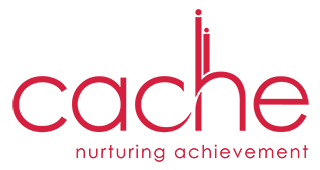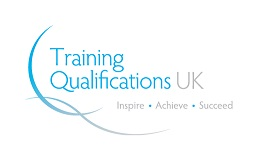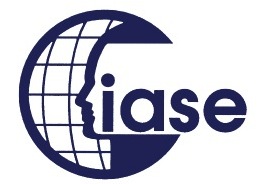Essential Elements Of An Individualized Education Program
11th November 2021
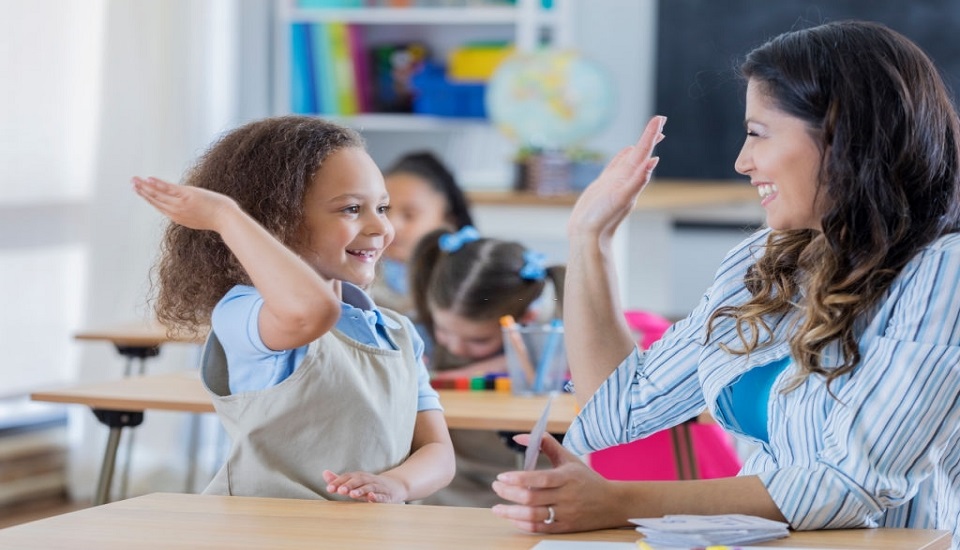
If you have a special needs child who is currently in school, they might have an Individualized Education Program (IEP). While your child’s IEP is exclusive to his/her needs, it must have certain components. So, what are the essential components of an individualized education plan? Let’s have a look.
The Individuals with Disabilities Education Act (IDEA) lists a few important factors that the IEP team should consider.
IDEA’s Exact Words
The IEP Team must —
1. In the case of a child whose behavior impedes the child’s learning or that of others, consider the use of positive behavioral interventions and supports, and other strategies, to address that behaviour.
2. In the case of a child with limited English proficiency, consider the language needs of the child as those needs relate to the child’s IEP.
3. In the case of a child who is blind or visually impaired, provide for instruction in Braille and the use of Braille unless the IEP Team determines, after an evaluation of the child’s reading and writing skills, needs, and appropriate reading and writing media (including an evaluation of the child’s future needs for instruction in Braille or the use of Braille), that instruction in Braille or the use of Braille is not appropriate for the child.
4. Consider the communication needs of the child, and in the case of a child who is deaf or hard of hearing, consider the child’s language and communication needs, opportunities for direct communications with peers and professional personnel in the child’s language and communication mode, academic level, and a full range of needs, including opportunities for direct instruction in the child’s language and communication mode.
5. Consider whether the child needs assistive technology devices and services.
An individualized education program (IEP) is a strategy that teachers as well as parents develop to support a child with special needs succeed in school.
Who is the IEP Team?
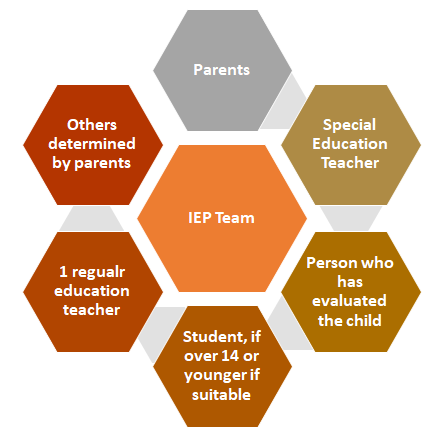
Elementary Components of an Individualized Education Program
Let us walk through these components and what they mean.
- Existing Skill Level
IEP must embrace a portrayal of a child's present performance and skills in all areas of apprehension. It must explain how their special need affects their development in the general education curriculum.
- Yearly Goals
It must encompass information about a child's goals, which need to be restructured at least once a year. The objectives should be assessable. With the support of consistent evaluations, teachers and parents should be able to see how close a child is performing to reaching the goals by the end of a school year.
- Growth Tracking
Growth tracking gives you a strong idea of how a child is being assessed throughout the year. It also delivers encouragement that you will be kept in the circle about a child's accomplishments and hindrances.
- Special Education Services
IEP must clearly define the student's special education program and how it's been planned to meet the student's particular needs. Even special faculty training to aid teachers to learn more about how to best support a child.
- Length
Every IEP must contain a probable start and end date of any services the IEP team suggests. This comprises facts on the regularity of the services and where they will be carried. The intent is to confirm that everyone knows exactly when and where a child's individual program will take place.
- Contribution in Mainstream Classrooms
With an aim of inclusion, this part of the IEP will feature how a special child can join the general, mainstream classroom environment whenever it's suitable. The IEP has to stipulate the amount of time a child will participate in these conventional classes.
- Testing Variations
IEP must clarify if a child will join in state and local achievement tests that other children at their school take. Testing accommodations might consist of additional time, distraction-free rooms, and wheelchair-accessible tests.
- Transitional Goals
An IEP must embrace plans for transitioning a child beyond grade school. It should focus on training and support required to help a child move from the school into a job, vocational program, or another program intended to encourage independent living.
To End With
IEP goals are discussed and established during a collective planning meeting between parents, teachers, a professional who has assessed the child, and a representative of the school system (typically a special education coordinator or a principal). Here, the online special education courses for teachers help massively.
An IEP is an essential part of the special education development and should be written with care.





